
Queen Elizabeth’s School commemorated Elizabethans who gave their lives in conflicts in traditional fashion, while pupils and staff deepened their knowledge of QE’s wartime history through a special Remembrance quiz.
The QE Combined Cadet Force took their places in the Remembrance Sunday parade and service in High Barnet, and then also played a leading role in the Armistice Day event at the School yesterday.
Headmaster Neil Enright said: “The Armistice Day ceremony here is an important opportunity for today’s young Elizabethans to honour forebears who made the ultimate sacrifice in the two world wars and other conflicts. This year’s quiz creatively reinforced that aim by teaching pupils interesting facts about what war meant, both generally and for QE Barnet in particular.
“I am, of course, very grateful to the members of our CCF who represented the School so effectively in the civic Remembrance Sunday parade.”
The CCF set off from – and returned to – 240 (Barnet) Transport Squadron RLC on St Albans Road. The service took place at St John the Baptist Church and at the Chipping Barnet war memorial outside the parish church.
The ceremony at QE took place as in previous years in the ‘Crush Hall’ in the Main Building at 11am. The poem, In Flanders Fields, was read, the Last Post played, and wreaths were laid at the School’s war memorial. A two-minute silence was observed across the School.
The Remembrance Day quiz, compiled by Enrichment tutor and Mathematics teacher Nadeem Kydd, was made available to form groups over the past few days. Many staff participated.
Form tutors were encouraged to use the 17-question, multiple-choice quiz as a springboard for discussions about the significance of the Armistice Day events and QE’s history during the world wars.
Here are some of the questions. (Answers are at the bottom).
- During World War I, QE pupils who won prizes were given money. But what did most choose to do with their money?
- Where were soldiers’ horses kept during World War I?
- In 1637, plans to unite QE with which school were shelved because of increasing political uncertainty in the run-up to the English Civil War?
- Why were loudspeakers at Founder’s Day originally installed?
- A memorial to Commonwealth soldiers, including those from the Indian sub-continent, Africa, Nepal, and the Caribbean, can be found where in London?
Answers
- Donate it to refugees
- The School playground
- Merchant Taylors’
- To warn of bombing raids
- Constitution Hill
Click on the thumbnails to view the images.

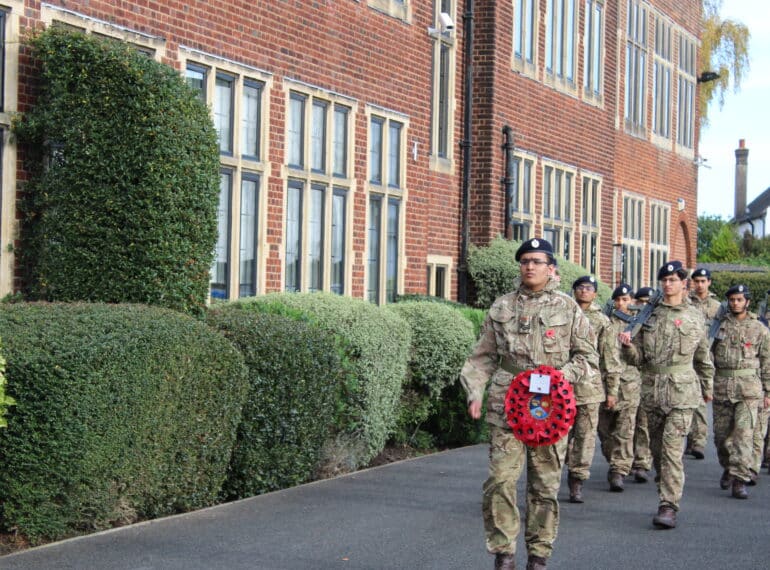
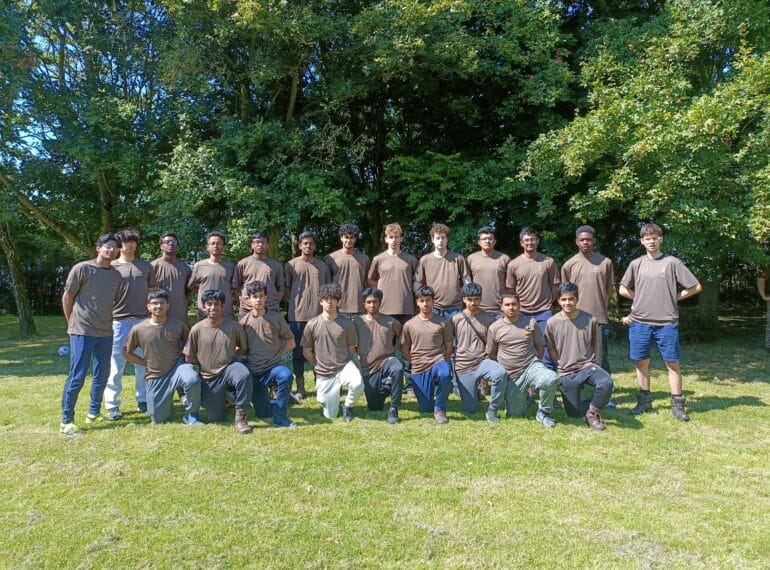
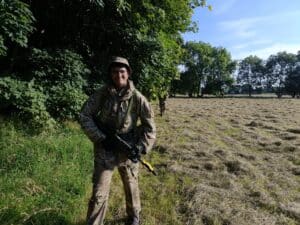 There were challenges from the weather, too: during two nights and three days out on the terrain, they had to deal first with the cold and camping on wet ground, and then with very hot temperatures towards the end. The other two nights were spent in the site’s military accommodation.
There were challenges from the weather, too: during two nights and three days out on the terrain, they had to deal first with the cold and camping on wet ground, and then with very hot temperatures towards the end. The other two nights were spent in the site’s military accommodation.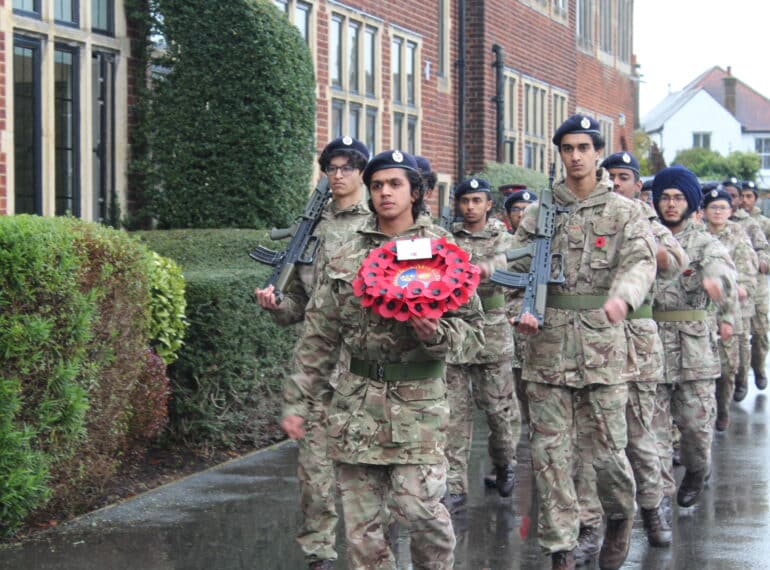
 One hundred and thirteen old boys of the School died in the First and Second World Wars, while others have been injured and killed in conflicts since.
One hundred and thirteen old boys of the School died in the First and Second World Wars, while others have been injured and killed in conflicts since. The act of remembrance was led by the School’s CCF. The boys marched to the School’s World War I memorial in the Crush Hall before laying a wreath, demonstrating funeral drill they had learned for the occasion.
The act of remembrance was led by the School’s CCF. The boys marched to the School’s World War I memorial in the Crush Hall before laying a wreath, demonstrating funeral drill they had learned for the occasion.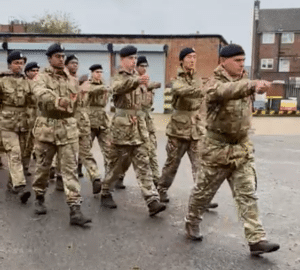 On Remembrance Sunday, 24 cadets turned out, joining High Barnet’s Remembrance Sunday parade, marching from the Army Reserve Centre in St Albans Road down the High Street to St John the Baptist Church, where all attended the church service. Wreath-laying at the war memorial there was carried out by Shubh Rathod and Chinthn Santhalingam, both of Year 13.
On Remembrance Sunday, 24 cadets turned out, joining High Barnet’s Remembrance Sunday parade, marching from the Army Reserve Centre in St Albans Road down the High Street to St John the Baptist Church, where all attended the church service. Wreath-laying at the war memorial there was carried out by Shubh Rathod and Chinthn Santhalingam, both of Year 13.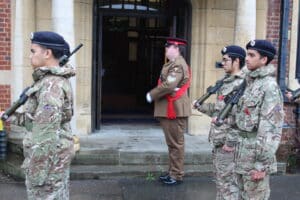 They will not grow old, as we that are left grow old,
They will not grow old, as we that are left grow old,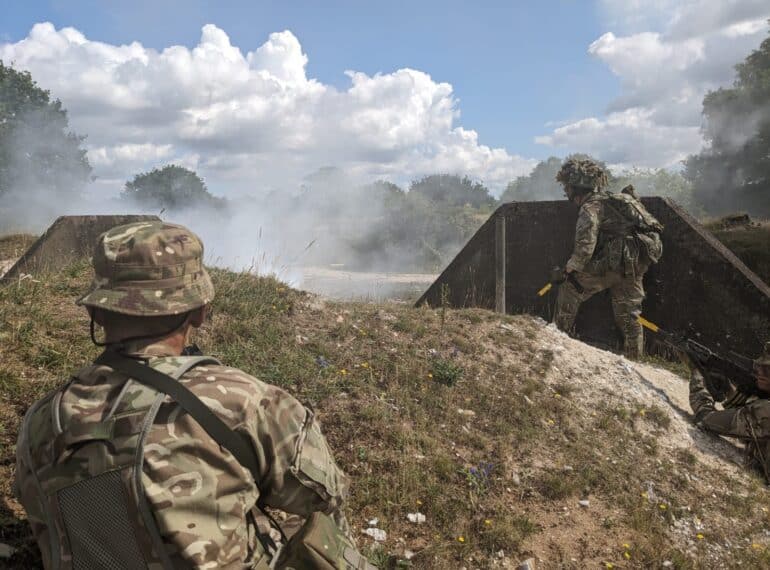
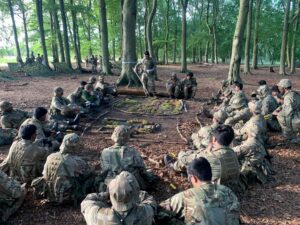 The five-day summer camp at the Barnham Training Area close to the border of Suffolk and Norfolk featured a wide variety of activities, from attacks on ‘enemy’ cadets to weapon-cleaning and administration.
The five-day summer camp at the Barnham Training Area close to the border of Suffolk and Norfolk featured a wide variety of activities, from attacks on ‘enemy’ cadets to weapon-cleaning and administration.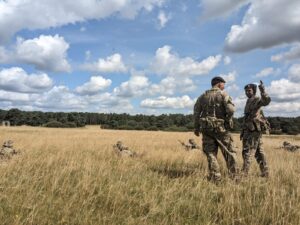 The first two days consisted of further development of section and platoon-level tactics for those cadets who had already had training, together with a ‘recruit cadre’ for those who had not had field craft and tactics training. This brought the latter group up to speed for the 24-hour ‘tactical phase’ that began one night and continued through to the following evening.
The first two days consisted of further development of section and platoon-level tactics for those cadets who had already had training, together with a ‘recruit cadre’ for those who had not had field craft and tactics training. This brought the latter group up to speed for the 24-hour ‘tactical phase’ that began one night and continued through to the following evening. All the platoons then conducted ambushes on enemy patrols to complete the exercise.
All the platoons then conducted ambushes on enemy patrols to complete the exercise.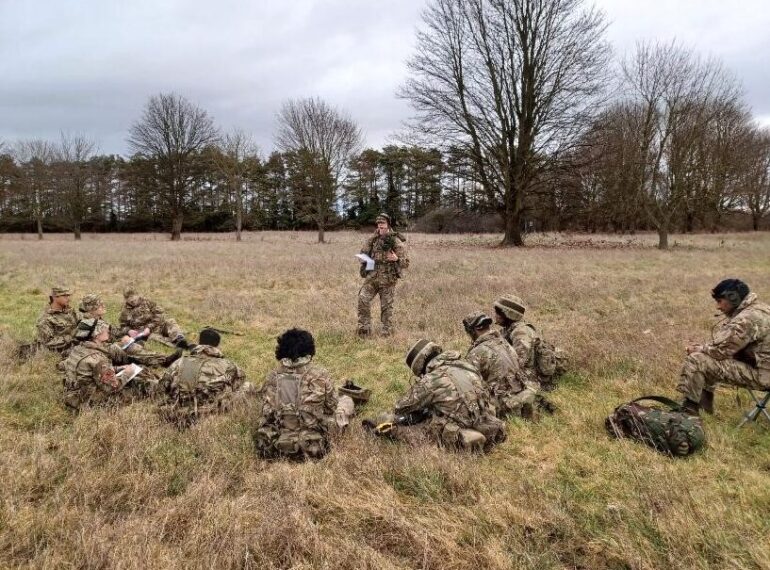
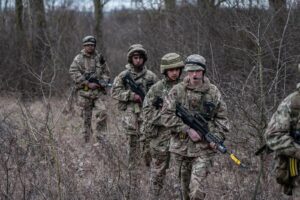 The School is planning a series of exercises so that QE’s Combined Cadet Force can try their hand against the local ACF.
The School is planning a series of exercises so that QE’s Combined Cadet Force can try their hand against the local ACF.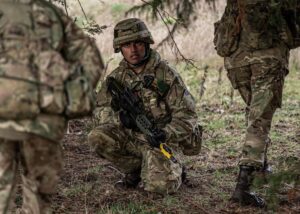 The half-term camp involving ten Sixth Form CCF cadets took place at the Cadet Training Centre Bassingbourn Barracks, Royston, north Hertfordshire.
The half-term camp involving ten Sixth Form CCF cadets took place at the Cadet Training Centre Bassingbourn Barracks, Royston, north Hertfordshire. It is essentially a screen that plays out like a video game, yet allows users to try real weapons with the correct action, recoil, and so on. The trainer reacts to the user’s decisions and execution, thus demonstrating the impact of his actions.
It is essentially a screen that plays out like a video game, yet allows users to try real weapons with the correct action, recoil, and so on. The trainer reacts to the user’s decisions and execution, thus demonstrating the impact of his actions.